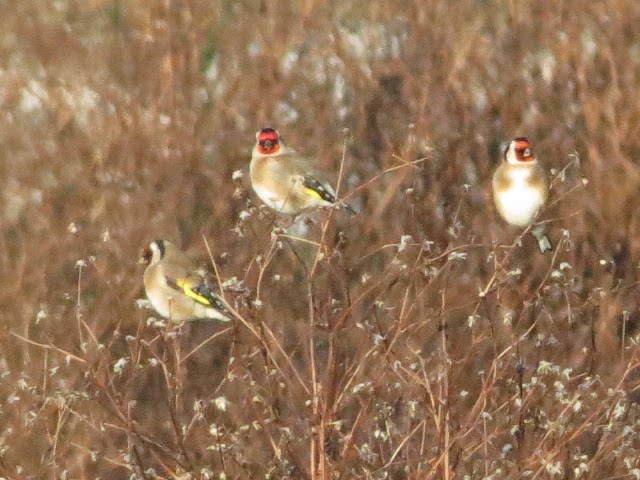Welcome to the Midnight Collective Broadsheet 22
Actively supporting NZ’s endangered wetland bird
Kotare
are solitary and elusive birds, very self absorbed, rarely seen in pairs or in
this locality though we managed to pick this one out yesterday.
 |
| Kotare overlooking Drain 7 |
It is looking for
a feed in the fabled Drain 7, around the back of the dune lake. The drain was leaking
black swamp water into the Wharemauku yesterday morning, as yet another stormy
southerly was beginning to settle in, and seemed to give up in disgust. Yet there
remains good food in these waterways even with winter just around the corner, if
the regular appearance of what we are tempted now to call OUR Little Shag is
anything to go by. S/he is drying out up here, in the early morning and is a
regular in the creek, coming up from the coast on the rising tide.
 |
| Little Shag overlooking Wharemauku |
Here
is about as inland as the tidal surge comes, and is a couple of km’s from the dune
lake.
There
was probably quite a population of kotare in this area 130 years ago when it
was still swamp forest. It is not widely known, but these birds can use their
beaks like American woodpeckers – hammering into trees to get at huhu and other
grubs inside. They do this over many generations and in old forest trees (though
there aren’t any left in this region), you will sometimes see where they’ve
drilled holes like scattergun shots from a target, into the trunk of a tree, up
where it begins to spread into a canopy.
What
we are hoping for is a pair of kotare to have settled into this area and perhaps we have one with this male turning up about a month ago.(One used to sit
on a neighbours TV antenna, picking off the stick insects that were chomping
through new growth on our feijoa trees. We encouraged them, so it was something
of a conservation dilemma as to whether we should interfere or not. (We
didn’t).) Kotare have amazing eyesight and are versatile feeders when it comes
to making a meal for themselves and can feed just as well in thick grassy
wasteland as in the stream. It is always good to see them because, like
ladybirds, they are reputed to
bring good luck.
 |
| Male kotare near Wharemauku April 16 |
What
we would like to see however is a nest full of youngsters in the coming season
and comparing the above foto, with this one – perhaps we do have a pair in the
making. We’ll just have to wait and see.
We're sending out Big Bill Broonzy's Glory of Love on this one
Long as there's the two of us
Have the world and its charm
Long as there's the two of us
Hold each others arm













